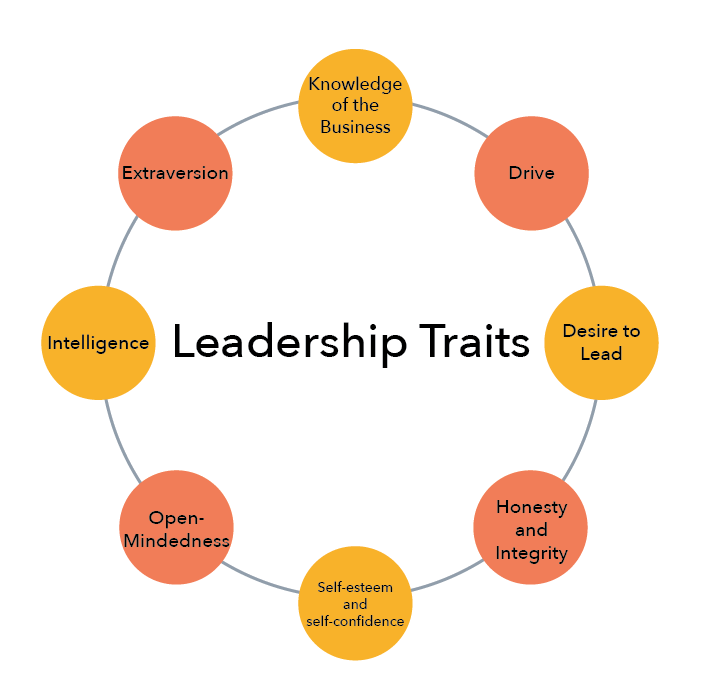What Does Good Leadership Look Like?
Good leadership is the cornerstone of any successful organization. It can inspire teams, drive innovation, and create an environment where everyone thrives. But what exactly does good leadership look like? And how can you tell if you’re a good leader or if there’s room for improvement?

Leading with Empathy
Empathy is the ability to understand and share the feelings of others. A good leader doesn’t just direct; they listen and relate to their team members. Leaders who lead with empathy create a supportive work environment where employees feel valued and understood. This fosters a sense of belonging, which actually increases job satisfaction and productivity.
How to demonstrate empathy as a leader:
- Actively listen to your team members without interrupting.
- Show genuine interest in their well-being, both professionally and personally.
- Be aware of the emotional climate of your team and address issues proactively.
Let’s be honest, not everyone can drop their personal baggage at the door. A study by the Center for Creative Leadership found that empathy is positively related to job performance. As a leader, it’s ok to take some time to understand what your team is going through. In fact, leaders who show empathy are more likely to be viewed as better performers by their bosses.
Decisiveness and Accountability
Good leaders are decisive. They gather information, weigh the pros and cons, and make informed decisions confidently. However, it’s not just about making decisions; it’s about standing by them and taking responsibility for the outcomes, whether positive or negative.
Signs of decisive and accountable leadership:
- You make decisions promptly after considering the necessary information.
- You clearly communicate decisions to your team, explaining the reasoning behind them.
- You take responsibility for your decisions, owning up to mistakes and learning from them.
Research from Harvard Business Review indicates that decisiveness is one of the most important traits in leadership, especially in high-stakes environments.
Inspiring and Motivating Others
Inspiration and motivation are pillars of effective leadership. Good leaders have a vision and the ability to communicate what that is and how to achieve it, making their team excited to work towards a common goal. They understand what intrinsically drives their team members and tap into those motivations.
How to inspire and motivate as a leader:
- Share your vision and goals regularly to keep the team aligned.
- Recognize and celebrate individual and team achievements.
- Provide opportunities for growth and development.
Gallup’s research shows that employees who feel their leaders are actually invested in their development are more engaged and productive in the work environment.

Understanding Different Leadership Styles:
Leadership isn’t one-size-fits-all. There are various styles, each with its strengths and challenges. Here’s a quick overview of some common leadership styles:

- Autocratic: This style is all about control. The leader makes decisions unilaterally, with little input from the team. While this can be effective in crisis situations, it may stifle creativity and lower morale in the long run.
- Laissez-Faire: The “hands-off” leader lets their team make decisions and run the show. This can empower highly skilled and motivated teams, but without proper guidance, it can lead to confusion and lack of direction.
- Transactional: Leaders who follow this style focus on clear structures, rewards, and penalties. It’s great for achieving short-term goals but might not inspire long-term innovation.
- Transformational: These leaders inspire and motivate their teams by creating a strong vision for the future. They encourage personal and professional growth, often leading to high levels of team engagement and innovation.
- Democratic: In this style, leaders make decisions based on group input. It promotes collaboration and team buy-in but can be time-consuming and less effective in urgent situations.
Are You a Good Leader?
Now that we’ve covered what good leadership looks like, how can you assess whether you are a good or bad leader? Here are some questions to reflect on:
- Do your team members feel heard and valued? – Regular feedback and open communication channels can help gauge this.
- Are you consistent in your decision-making? – Inconsistency can lead to confusion and lack of trust.
- Do you take responsibility for your actions? – Accountability is crucial for building credibility and trust.
- Are your team members motivated and engaged? – Low morale could be a sign that your leadership needs adjustments.
Consider using tools like 360-degree feedback to get a comprehensive view of your leadership effectiveness – This involves gathering feedback from peers, subordinates, and supervisors to understand how you are perceived across the board. This can be used to help guide future conduct and decision making as a leader.




Kol3ktor
May 4, 2025 6:36 pmThere’s a quiet power in your writing, an ability to convey deep truths without resorting to grandiose statements or complicated jargon. Each sentence feels like a revelation, as if you’ve managed to capture the essence of something fleeting and precious. It’s not often that I find myself thinking about a piece long after I’ve finished reading it, but this is one of those rare times. https://xmc.pl
Jessika Furbank
May 15, 2025 6:36 pmWe are so glad you found value in our blog post. Many people think that management and leadership are one and the same. Learning about leadership and understanding your team is incredibly important to the success of any operation.
Mark Smith
August 1, 2025 6:36 pmok